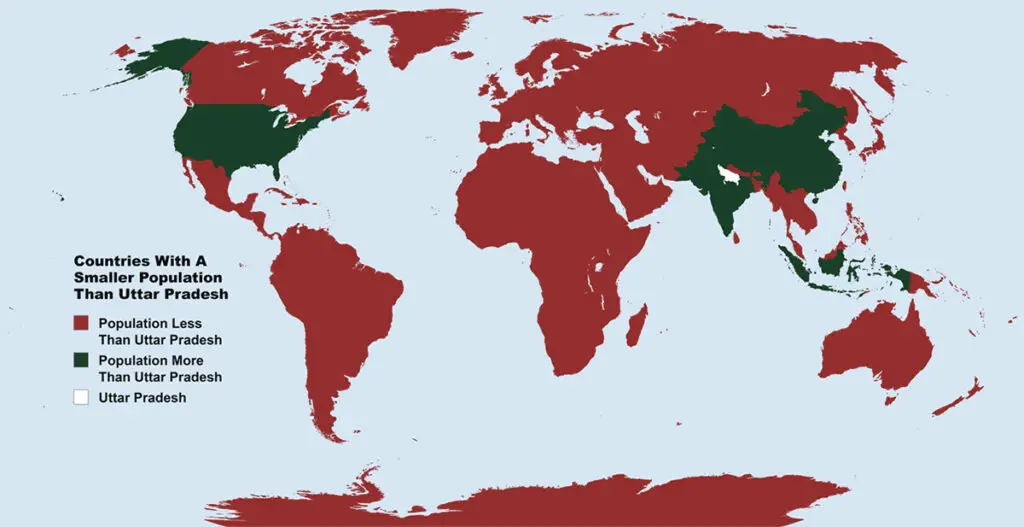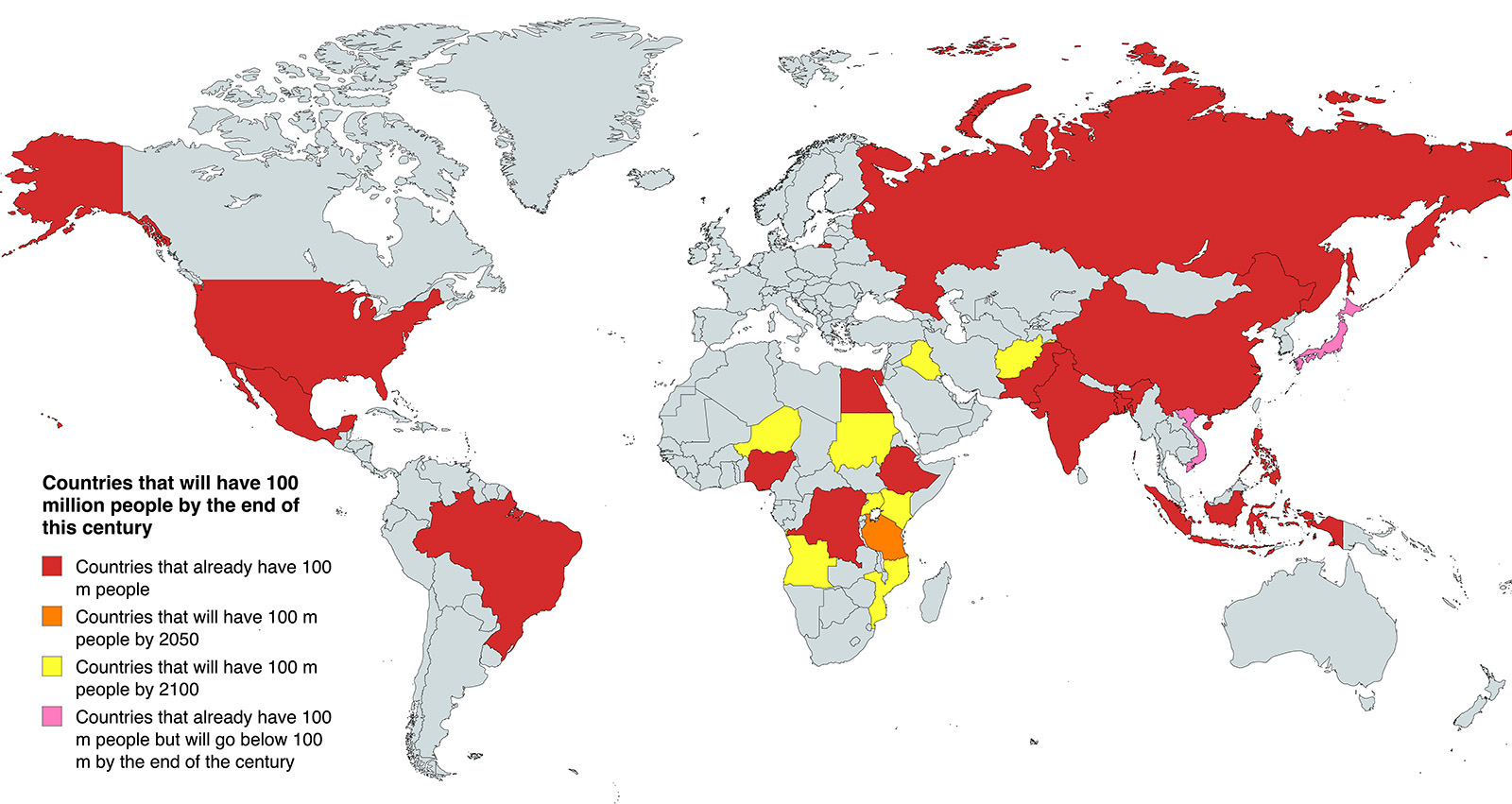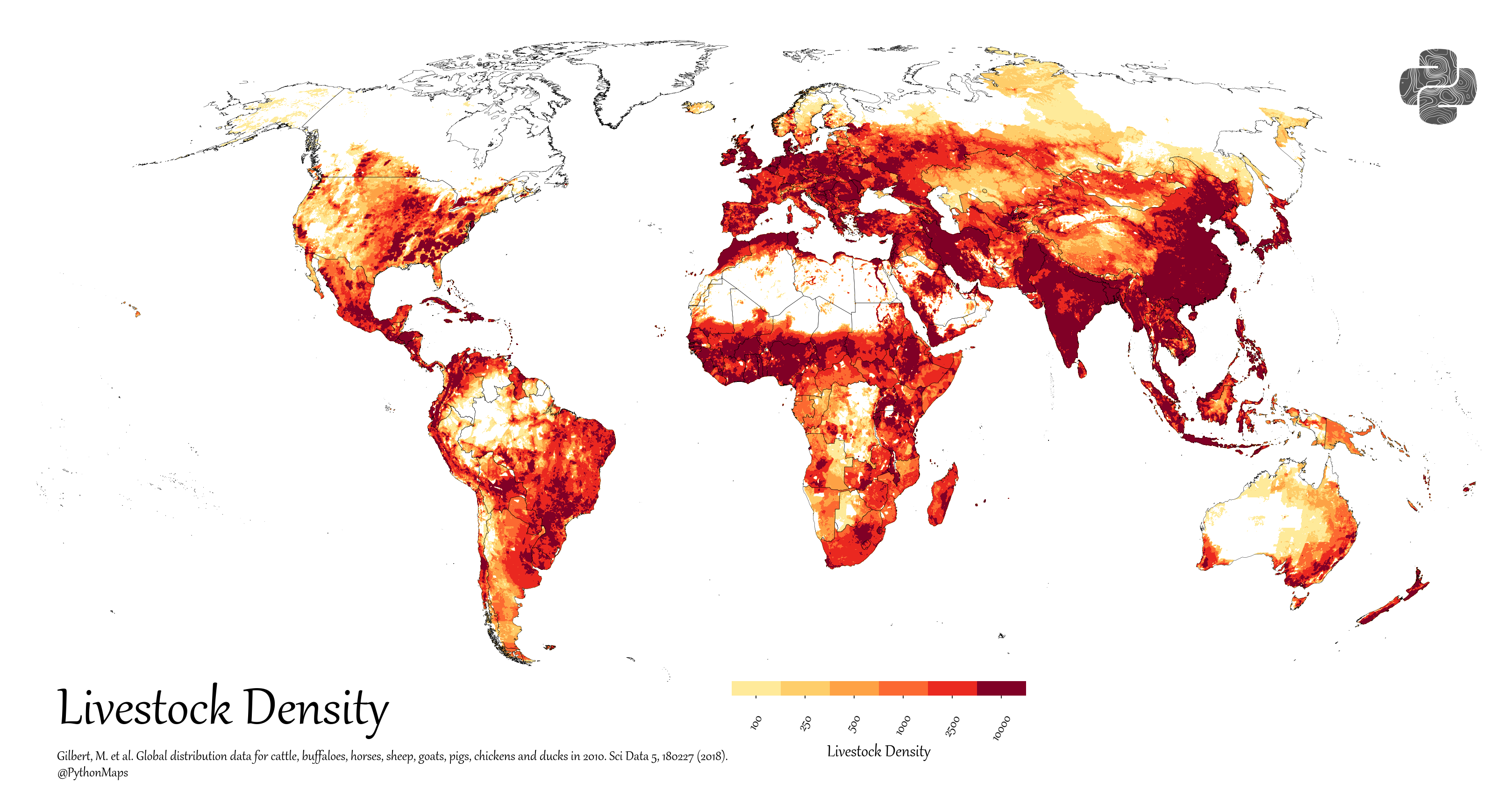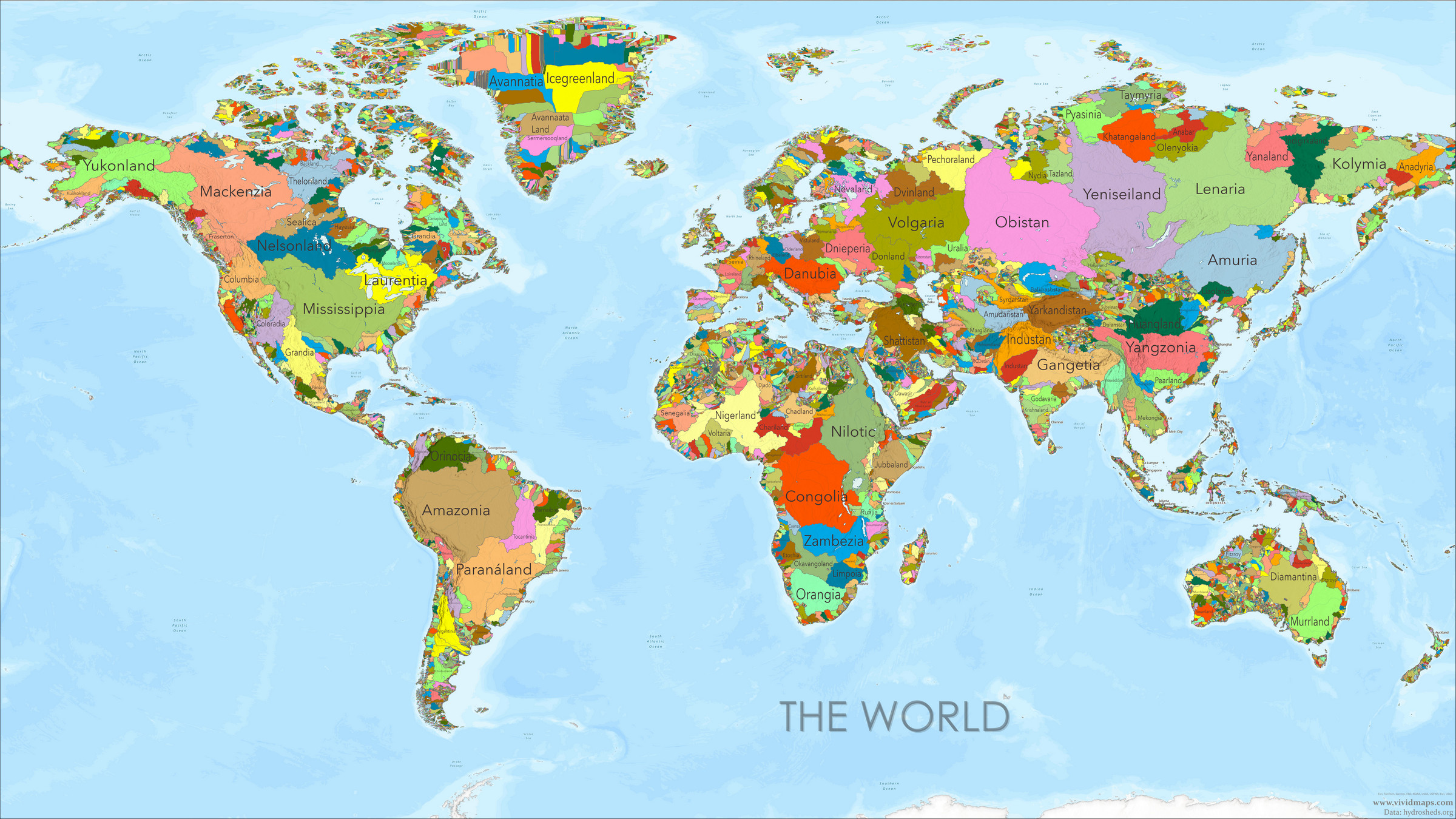From Rice Fields to Mega-Cities: How One Indian State Outsizes Entire Countries
When we talk about population, comparisons can be eye-opening. What if we could visualize how many countries have fewer people than a single Indian state? Our world map does exactly that, categorizing countries into two simple groups: those with populations smaller than Uttar Pradesh, and those with more.

The map reveals a surprising global perspective. In red, we see countries with populations smaller than Uttar Pradesh’s 241 million inhabitants. These include many nations you might not expect—revealing just how densely populated this single Indian state truly is.
Population at a Glance: A Global Comparison
| Region/Country | Population | Population Density (per sq km) |
| Uttar Pradesh | 241 million | 1001 |
| China | 1.4 billion | 153 |
| United States | 335 million | 34 |
| Pakistan | 241 million | 274 |
| Indonesia | 241 million | 1143 |
A Living, Breathing Social Ecosystem
Uttar Pradesh represents more than just numbers—it’s a vibrant human landscape that captures the essence of India’s social complexity.
Ethnic Composition: A Multilayered Society
The state’s social structure reflects centuries of historical interactions and cultural nuances:
- Upper Caste Groups (Forwards):
- Brahmins: Traditionally associated with intellectual and spiritual roles
- Rajputs: Historical warrior and ruling community
- Baniyas: Merchant and trading communities
- Other Backward Classes (OBCs):
- Largest demographic segment
- Includes diverse groups like Yadavs, Kurmis, and Jats
- Politically influential and economically dynamic
- Primarily engaged in agriculture, trade, and emerging professional sectors
- Scheduled Castes (Dalits):
- Approximately 20-22% of the state’s population
- Historically marginalized communities
- Increasingly visible in labor, artisan, and entrepreneurial spaces
- Driving social change through political representation
- Scheduled Tribes (Adivasi):
- Smaller but significant population
- Concentrated in specific geographical regions
- Preserving unique cultural and linguistic traditions
Linguistic Landscape
- Hindi dominates as the primary language
- Urdu adds cultural richness
- Regional dialects like Awadhi, Bhojpuri, and Braj create a linguistic mosaic
Religious Diversity
- Hinduism: 80.6%
- Islam: 18.4%
- Minority religions including Sikhism, Buddhism, Jainism, and Christianity
Urban Transformation: The Changing Face of Settlements
The urban story of Uttar Pradesh reveals a state in constant motion:
Major Population Centers
- Lucknow (State Capital)
- Population: 4 million
- Cultural Hub: Renowned for sophisticated Awadhi culture
- Economic Significance: Administrative center with growing technological potential
- Kanpur
- Population: 4.6 million
- Industrial Heritage: Once called the “Manchester of the East”
- Economic Backbone: Textile and leather industries continue to drive growth
- Varanasi
- Population: 1.2 million
- Spiritual Epicenter: One of the world’s oldest continuously inhabited cities
- Economic Drivers: Religious tourism and intricate handicrafts
The urban population has grown from 13.5% in 1991 to approximately 22.3% in 2011, highlighting a dramatic shift from rural to urban landscape.
Agricultural Powerhouse: Feeding a Nation
Agriculture in Uttar Pradesh is more than an economic activity—it’s a way of life:
- Sugarcane: Leading national production, accounting for over 40% of India’s output
- Rice: Producing approximately 15.5 million tonnes annually
- Wheat: Contributing around 25% of India’s total production
- Potatoes: A global production hub
Population Dynamics: Growth, Challenges, and Future
The state’s demographic journey tells a fascinating story:
- Fertility Rate: Dropped from 4.5 children per woman in 1991 to approximately 2.7 in 2021
- Population Growth: Slowing, with rates declining from 2.1% to around 1.4% annually
- Median Age: Approximately 23.5 years, signaling a young population
Looking Ahead
Demographic experts predict population stabilization by 2030-2035. Strategic initiatives focus on:
- Improving women’s education
- Expanding healthcare access
- Implementing family planning programs
- Promoting economic empowerment
These efforts aim to transform demographic challenges into opportunities for sustainable development.
Are you looking for a map of the world? Check out these reliable resources for world maps:
- National Geographic World Maps
- Maps International Giant World Map Poster
- Swiftmaps World Premier Wall Map Poster
We’ve journeyed through Uttar Pradesh’s remarkable population story. What surprised you most? Do you have insights or questions? Share your thoughts in the comments below!








